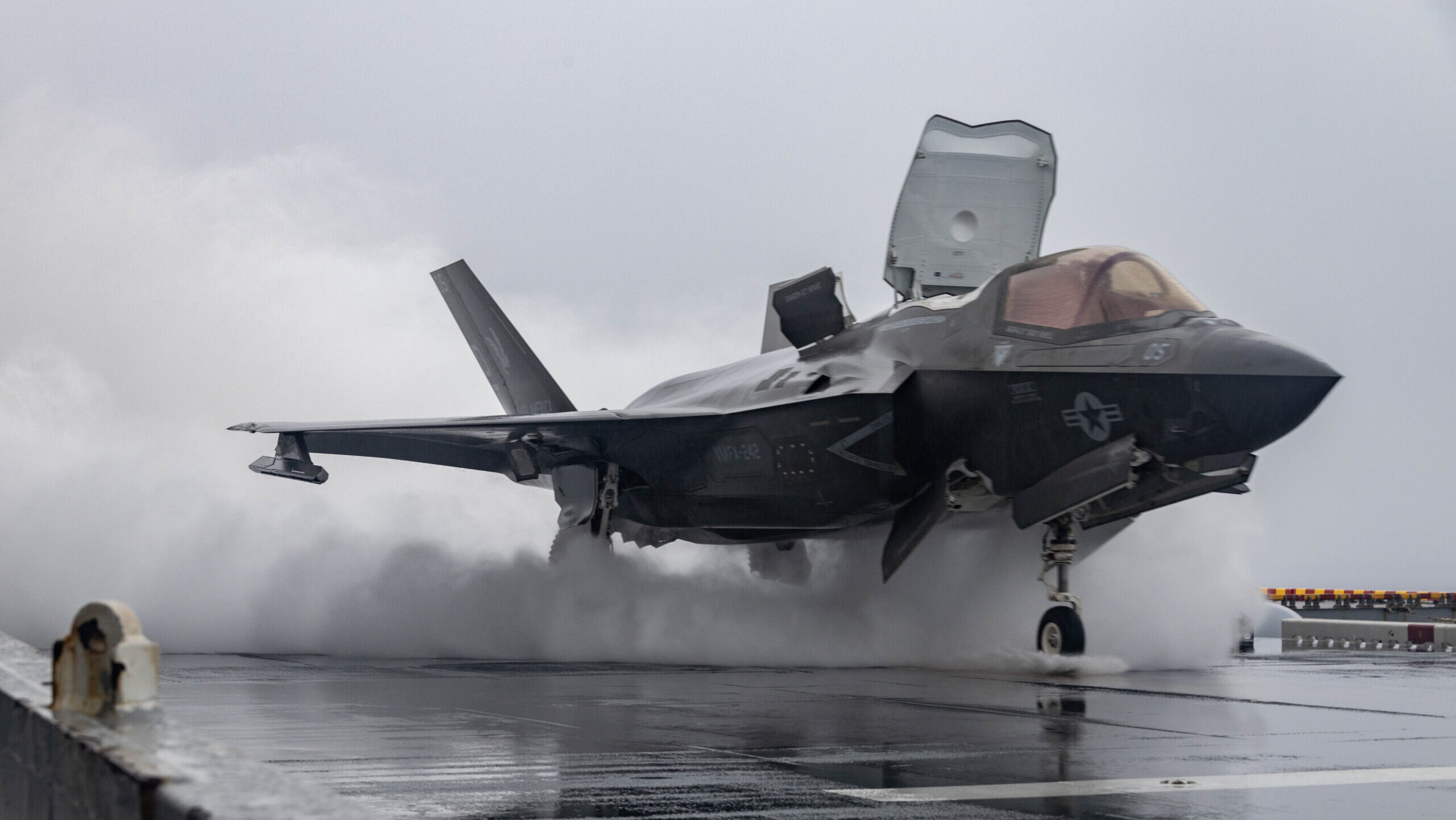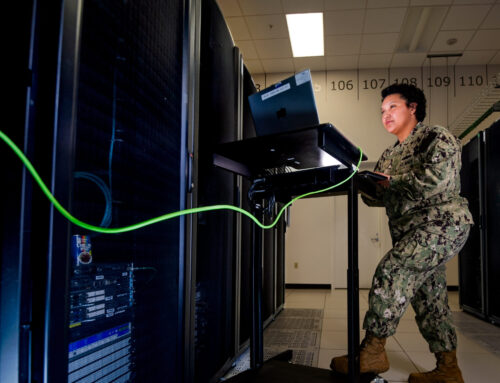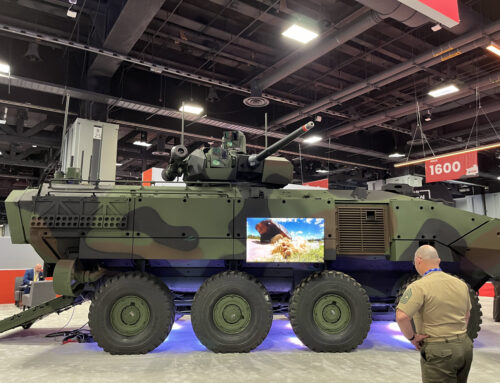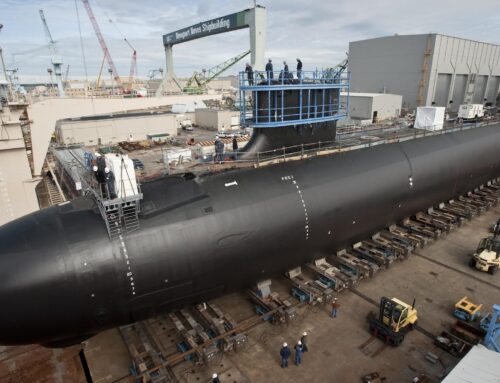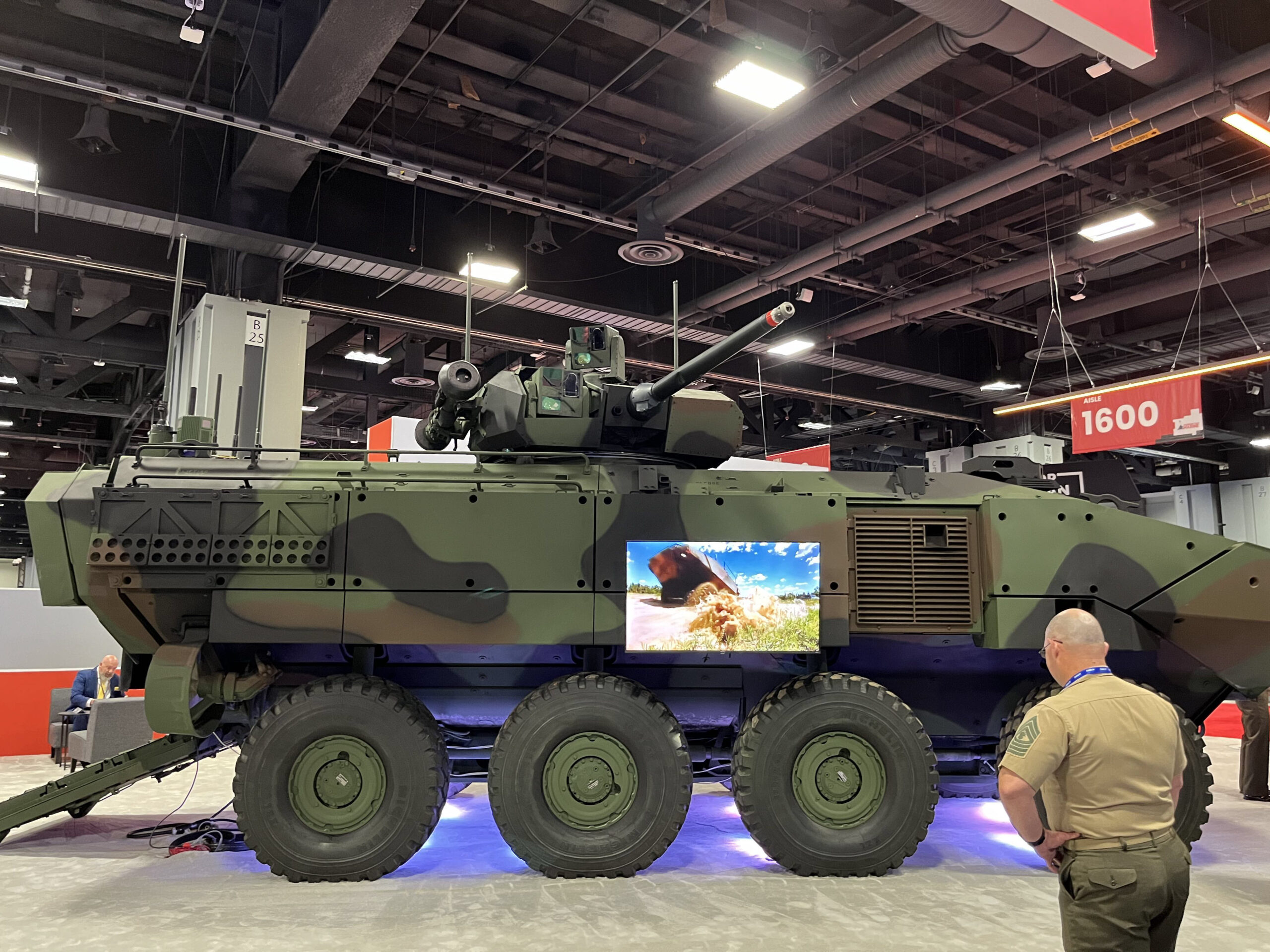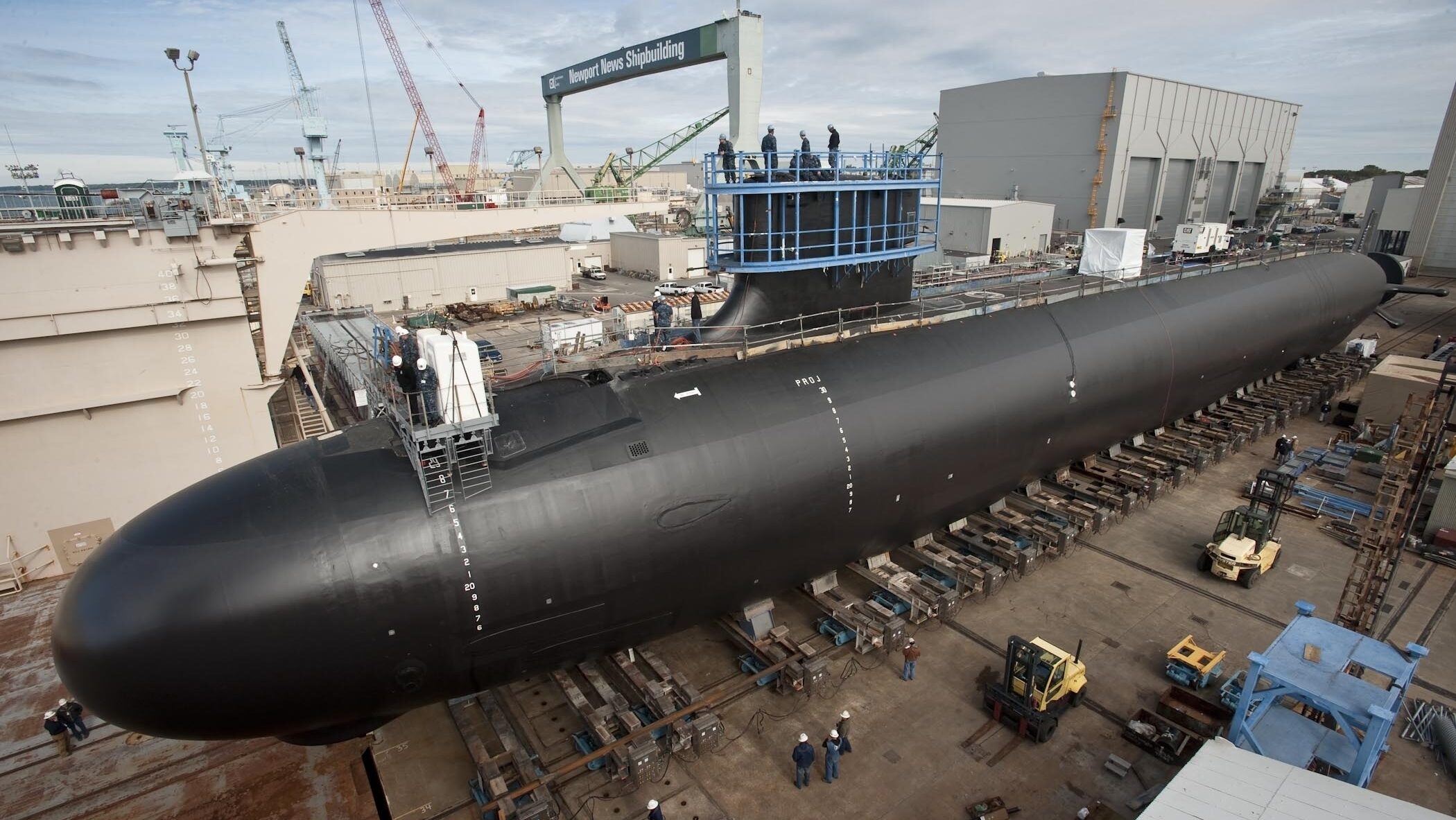A U.S. Marine Corps F-35B with Marine Medium Tiltrotor Squadron 265 (Rein.), 31st Marine Expeditionary Unit, takes off aboard the amphibious assault ship USS America (LHA-6), in the Pacific Ocean, June 12, 2023. (U.S. Marine Corps photo by Cpl. Christopher R. Lape)
DENVER — The US Marine Corps revealed today that the F-35B stealth fighter that captured the nation’s attention after going missing for a full day in September 2023 pulled off its inadvertent technological vanishing act due to an electrical malfunction — though the service still said the surviving pilot was to blame for the plane’s eventual crash.
According to the Marine Corps, on Sept. 17, 2023 the F-35 pilot was attempting to climb out of a “missed approach in instrument meteorological conditions and heavy precipitation near Joint Base Charleston, South Carolina,” when he ejected from the plane.
The release said there had been an “electrical event during flight” that took out several on-board systems, and there was a “probability that the helmet-mounted display and panoramic cockpit display were not operational for at least three distinct periods.” Still, the service said, the plane was airworthy.
“The pilot incorrectly diagnosed an out-of-controlled flight emergency and ejected from a flyable aircraft, albeit during a heavy rainstorm compounded with aircraft electrical and display malfunctions,” the Marines Corps said.
Though the pilot punched out successfully and landed safely, the plane went on to fly by itself for 11 minutes and 21 seconds due to the jet’s “advanced automatic flight-control systems,” the service said, before crashing “64 nautical miles northeast of the airfield in Williamsburg County, South Carolina.”
That 11 minutes-plus of flying proved a problem for the military as officials scrambled to find the jet shortly after the pilot ejected. Joint Base Charleston even appealed to the public for help in locating it. Predictably, the fiasco led to a flood of jokes on social media, along with statements from bewildered elected officials.
The F-35 is supposed to be masked from radar in combat conditions, but when flying under circumstances like those surrounding the crash, the stealth fighter often flies with a transponder that transmits its location. The transponder’s failure stemming from the electrical issue, the jet’s low observable coating and its “eventual descent below the air-traffic control radar horizon” all contributed to its loss of radar contact and subsequent prolonged disappearance, according to the Marine Corps’s release.
“The mishap resulted in no ground-related injuries, but it did result in property damage in the form of lost forested land and crops” in the rural area where the F-35B crashed, the release says.
The jet was assigned to Marine Fighter Attack Training Squadron (VMFAT 501) under the 2nd Marine Aircraft Wing, and the pilot “was qualified and current to conduct the scheduled flight,” according to the service’s release. The F-35B is the short takeoff and vertical landing version of the tri-variant fighter.
The Marines Corps said that “no punitive actions [were] recommended.” The Military Times reported the pilot was given a new command nearly a year after the incident, but was relieved months after taking the helm.
The investigation concluded that the electrical malfunction “was not related to any maintenance activities.”
Asked about the crash investigation, Russ Goemaere, a spokesperson for the F-35 Joint Program Office, said in a statement that “[t]he F-35 electrical power system performed as intended in accommodating the malfunction of an electrical component, and the aircraft remained fully controllable throughout the event. The F-35 remains safe to fly worldwide.”
“The safety of F-35 pilots is our number one priority and we will continue to work with the Services and our industry partners to ensure the safety of our warfighters,” Goemaere said.
F-35 manufacturer Lockheed Martin referred a request for comment to the Marine Corps and Joint Program Office.
Lee Ferran contributed to this report.


